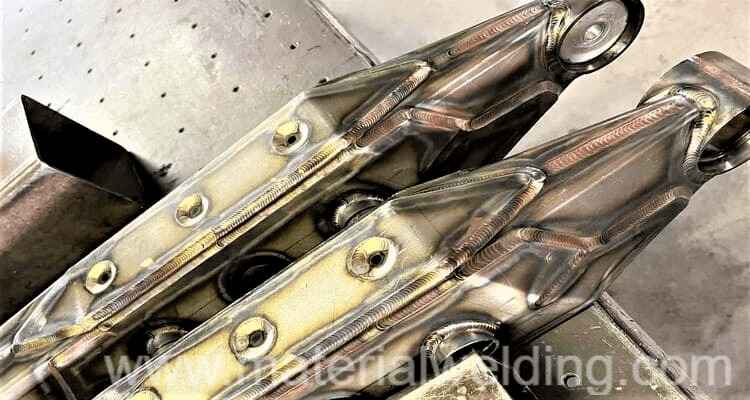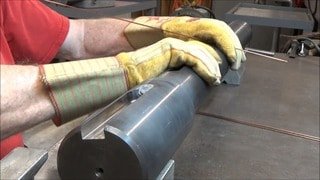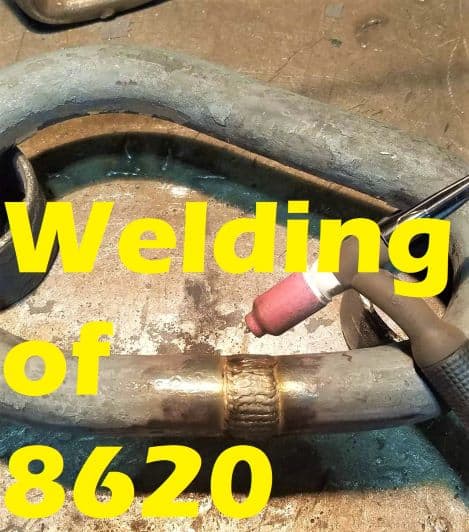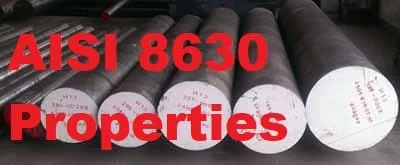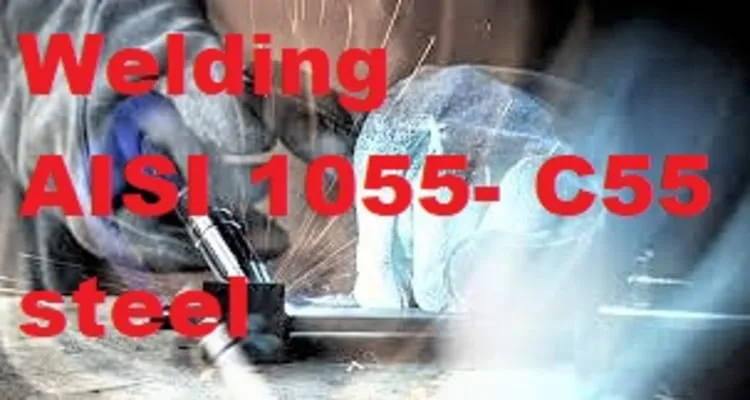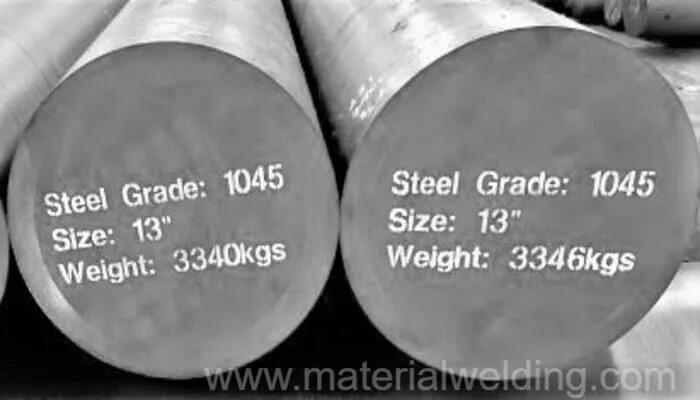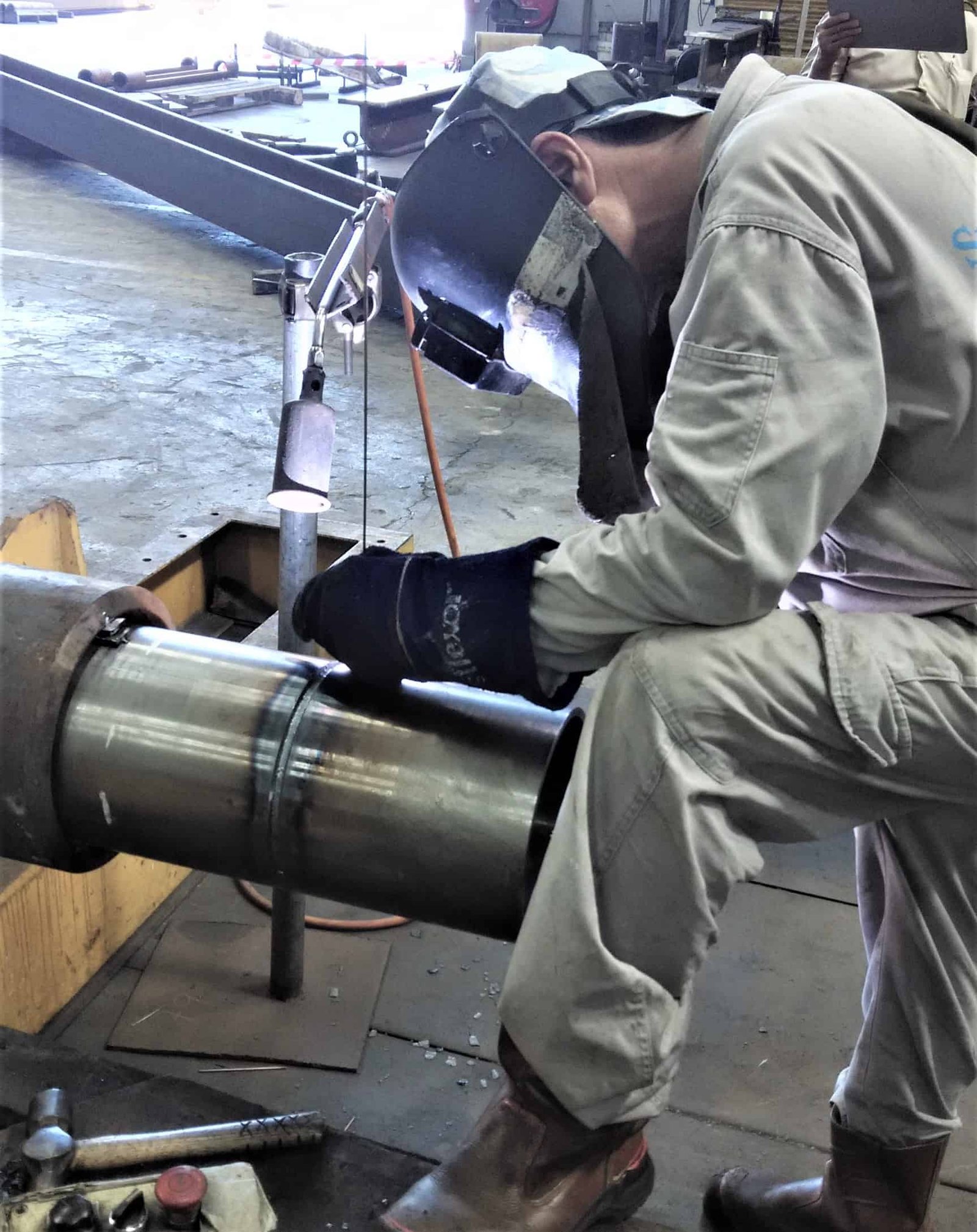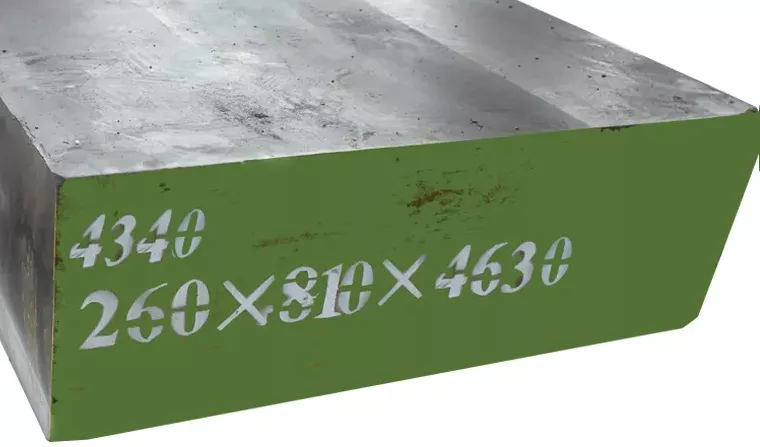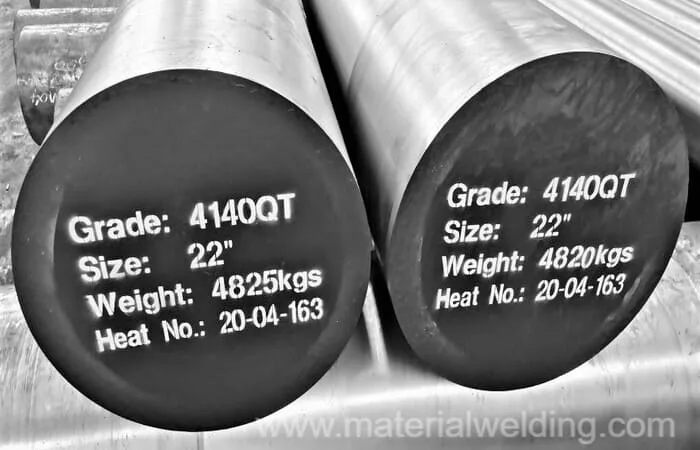1018 Steel
AISI 1018 steel is a medium-carbon steel (0.12- 0.20%) that has a low to medium level of hardness, making it ideal for use in a variety of applications.
1018 properties can be altered by suitable heat treatment to increase its hardness, strength and toughness.
In this article, we will discuss the various characteristics of AISI 1018 steel, including its chemical composition, mechanical properties, weldability, heat treatment, and applications.
What is AISI 1018 Steel?
AISI 1018 steel is a low-carbon alloy that is typically used in the automotive, construction, and machinery industries.
This type of steel also has excellent cold forming capabilities since it can be easily bent or shaped without cracking or fracturing. Furthermore, hot working processes are also possible with AISI 1018 steel due to its high hot workability.
AISI 1018 Steel Equivalent Material
The UNS of AISI 1018 steel is G10180. The P Number for 1018 steel is P- Number 1 and Group Number 1 as per ASME Section IX.
AISI 1018 steel equivalent materials are:
- ASTM A 105,
- SAE/AISI 1008,
- ASTM A 108- Grade 1018,
- EN 32B,
- C15/1.0401,
- 080A15
AISI 1018 Steel Material Standard
- ASTM A108
- ASTM A 519
- ASTM A 545,
- MIL S-11310 (CS 1018)
- AMS 5069.
AISI 1018 steel meaning
AISI 1018 steel is identified by a four-digit number, with the first two digits indicating the principal alloying elements and the last two digits indicating the carbon content in hundredths of a percent.
In the case of SAE/AISI 1018 steel, first two digits 10 means carbon steel and the digits “18” indicate that the material has a carbon content of approximately 0.18%.
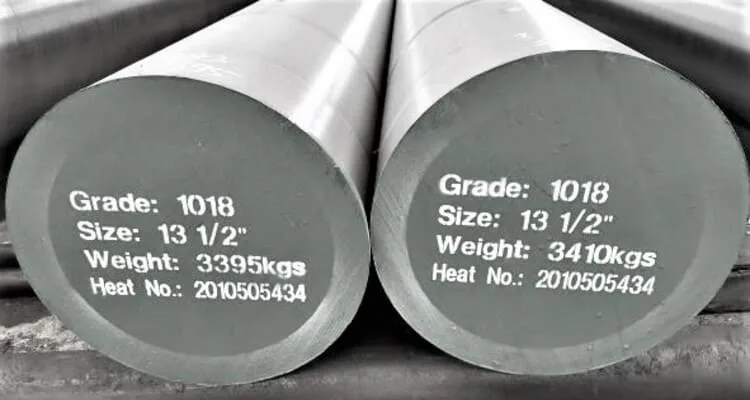
AISI 1018 Steel Chemical Composition
The chemical composition of AISI 1018 steel provides it with certain advantages over other metals; these include greater weldability as well as cold working.
Here is a typical chemical composition for AISI 1018 steel:
- Carbon: 0.15% – 0.20%
- Manganese: 0.60% – 0.90%
- Phosphorus: 0.04% max
- Sulfur: 0.05% max
- Silicon: 0.2% – 0.4%
AISI 1018 Steel Mechanical Properties
AISI 1018 steel has a range of mechanical properties, including:
- Tensile strength: AISI 1018 steel has a tensile strength of 64 Ksi (440 MPa).
- Yield strength: The yield strength of AISI 1018 steel ranges from 290 to 390 MPa.
- Elastic modulus: The elastic modulus of AISI 1018 steel is around 54 Ksi (370 MPa).
- Hardness: AISI 1018 steel has a low to medium level of hardness, with a Brinell hardness ranging from 125 to 180.
| Tensile Strength, Ksi (MPa) | Yield Strength, Ksi (MPa) | %Elongation | Hardness, HB |
| 64 (440) | 54 (370) | ≥ 15 | 125 – 180 |
AISI 1018 Steel Weldability
AISI 1018 steel has good weldability, meaning it can be easily welded using various welding methods.
1018 steel can be welded using E7018 stick welding rod. TIG and MIG welding of 1018 steel can be carried out using ER70S-2 & ER70S-6 filler wire rods.
However, the weldability of AISI 1018 steel may be affected by the specific grade and chemical composition of the material.
It is important to follow proper welding procedures and use the appropriate welding consumables to ensure the best results.
AISI 1018 Steel Heat Treatment
AISI 1018 steel can be heat treated using various methods, including normalizing, annealing, and quenching. The specific heat treatment method used can affect the mechanical properties and microstructure of the material.
1018 steel can be case hardened up to 42 HRC. The hardness value decreases with increased section thickness.
For quenching, heat the material at a temperature of 900-920 °C (1650-1700 °F) followed by water quenching.
Tempering of 1018 steel is carried out in the temperature range of 120-200°C (250-400°F).
Annealing or stress relieving treatment for AISI 1018 steel is carried out at a temperature of 649°C (1200°F).
AISI 1018 Steel Applications
AISI 1018 steel is a low-carbon alloy steel that features high ductility, weldability, and machinability.
ISI 1018 steel is a low-carbon steel that has good case-hardening properties and excellent machinability. It is suitable for a variety of applications, including the production of carburized parts, case-hardened gears, and fixtures.
Additionally, AISI 1018 steel can be used in the production of various structural components, such as beams, channels, and rods.
Other common uses include industrial equipment primarily used in food processing and textiles manufacturing as well automotive parts including connecting rods and gears.
1018 Steel Hardness
In terms of hardness, 1018 steel is not particularly hard. It has a Brinell hardness of approximately 125-200, depending on the specific heat treatment and manufacturing conditions.
This is relatively low compared to other steels and is not ideal for applications that require high hardness or wear resistance. If you need a steel with high hardness, you may want to consider using a tool steel or a high-carbon steel.
